Dean Karau column: Fred Francis's tower clock was just the beginning
“When I was a boy, I loved tools and machinery, but I lived far out in the country – away from everything.”
So wrote Frederick F. Francis in 1919. He was better known as just Fred Francis, and he became one of Kewanee’s most famous – and eccentric - citizens.
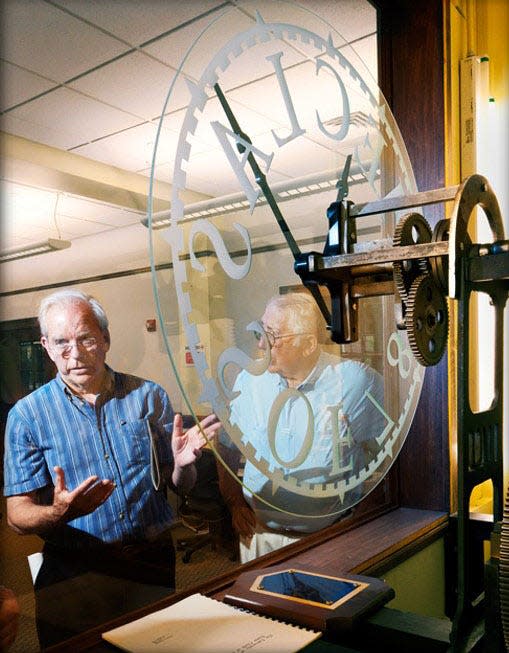
Born in 1856 in a log cabin northeast of Kewanee near the Bureau County line, Fred yearned to learn, although he was too bashful to ask many questions. But his old country school teacher saw his interest and told him of a new university where he could follow his dreams. The teacher gave Fred a catalog from the new Illinois Industrial University in Champaign (later to become the University of Illinois), and the die was cast. “How I loved the University seal, with its learning and labor, the engine, the anvil, and the plow!”
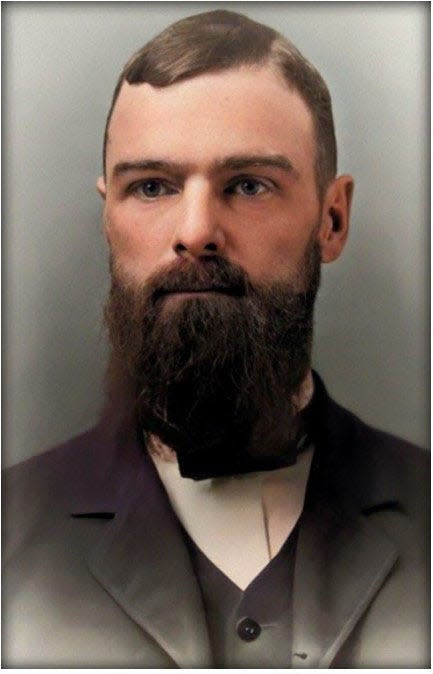
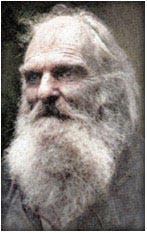
At age 18, Fred became the first from Kewanee to enroll at IIU. Naturally, he took up engineering. In four years, he graduated, having spent only a total of $225 for his education. Fred made 10 horsepower steam engines in the University machine shop and sold them to pay for most of his materials and his semester fees. When he was short of funds his final semester, he sold the University an invention he had made on a steam engine. But before Fred and his classmates – the first four-year graduating class - left the university, they decided to leave behind a memorial commemorating their happy days there.
What could they leave? Why, a tower clock! But why in heaven’s name a tower clock?
Fred once explained that a “watch or a clock cost considerable money. . . . We had to depend largely on the bell in the tower to tell us the time. On windy days, even the teacher sometimes had to ask the class if anyone had heard the bell. . . . Prof. Robinson would get so interested in his subject that he simply couldn’t quit . . . .” So, a tower clock which could be seen anywhere on campus was the Class of ‘78’s solution and a fitting gift to future classes.
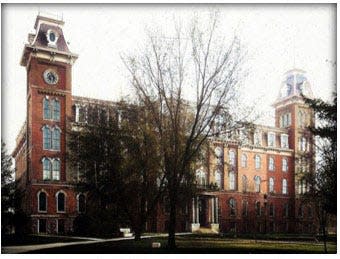
But, as Fred asked, “[w]here could we get one, and who would set it up? [However,] old Prof. S. W. Robinson [the first mechanical engineering professor at the university] came to the rescue by saying that the thing could be built in the University shop.” They discussed using “dead-beat escapements,” but ultimately settled on “gravity escapements” to give the swinging pendulum the equal impulses needed.
Fred made the drawings as part of his class work. And he worked many hours in the shop after his fellow students had gone home. “I was such an odd stick, anyway – always liking those bright tools better than human beings, and never attending the class meetings.”
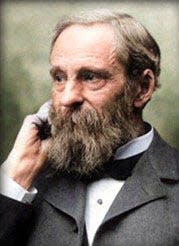
Fred and his classmates worked long hours but did well. Solving problems as they arose, they finally carried the completed clock up a dark and narrow set of stairs and set it on its foundation in the “gloomy belfry” of one of the towers of University Hall. Then, they simply gave the pendulum “a bold little push” to start it. After all his classmates left, Fred and Professor Robinson stayed, “afraid that the wheels would stop. But the tick-tocks went steadily on.”
However, the two noticed that the pendulum was not swinging quite enough to keep a steady time. But they were afraid that if they stopped to fix it in the daytime, their reputations would be sullied. Instead, “the good old professor and I waited until darkness, . . . stole up the stairs with a lamp [and fixed it] with nobody the wiser.”
The clock had cost the 1878 class $300.
As we know, after leaving the university, Fred made his way to Elgin and began working for the Elgin Watch Company, where his success earned accolades. After 11 years, Fred had also earned enough money to retire to property northeast of Kewanee where he began the life which we know so well.
When University Hall was razed, the clock was placed in a cupola of the Illini Union. It now resides in the Mechanical Engineering Lab at the university where, through its clear face, the motion of the gears is visible.
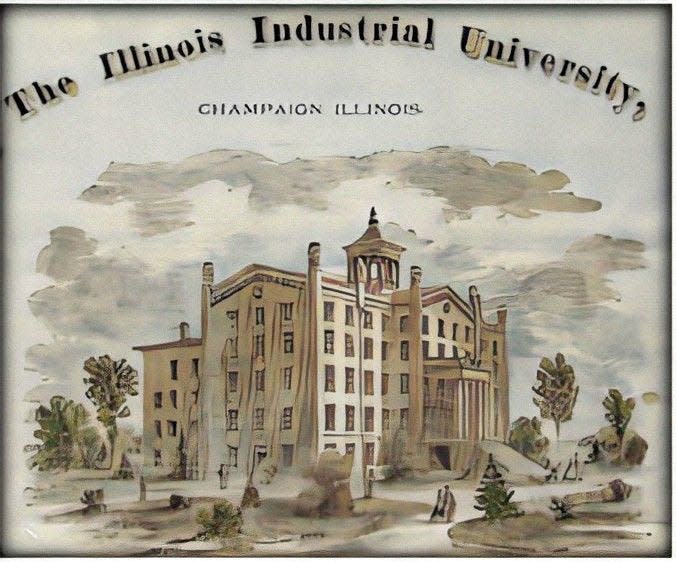
Thirty-some years after the clock was built by that Class of ‘78, Fred returned to the University. The alumni news wrote about his revisiting the clock:
“His hands trembled as he opened the dusty glass door of the clock case and caressed the aged wheels and pinions. Eagerly he opened up the pendulum well and pointed out the slow-moving 11-lb. bob, which, if it ever broke loose, would crash, he said, through all the floors to the basement.
“Here was a man who had a real, vital connection with the University; who really left something of himself here and who accordingly had something to come back to.”
Bruce Hannon, University of Illinois professor emeritus of geography and geographic information science and an amateur clock restorer, has given tours of the various well-known timepieces on the campus. But he likes the 1878 clock the best: “I like to show it because it was the longest and hardest to fix and find a place for. And because Fred Francis worked so hard on it.”
While Fred Francis may have been a bit of an eccentric, his early love of tools and machinery set him on a path of hard but inventive work. The next time you visit Francis Park, you can see for yourself the creativity of this Kewanee native, a man of whom our hometown is rightfully proud.
(Professor Hannon kindly shared with me some anecdotes from his research relating to Fred and his clock and which I included in the story. Thank you, Professor Hannon.)
This article originally appeared on Star Courier: Dean Karau column: Fred Francis's tower clock

